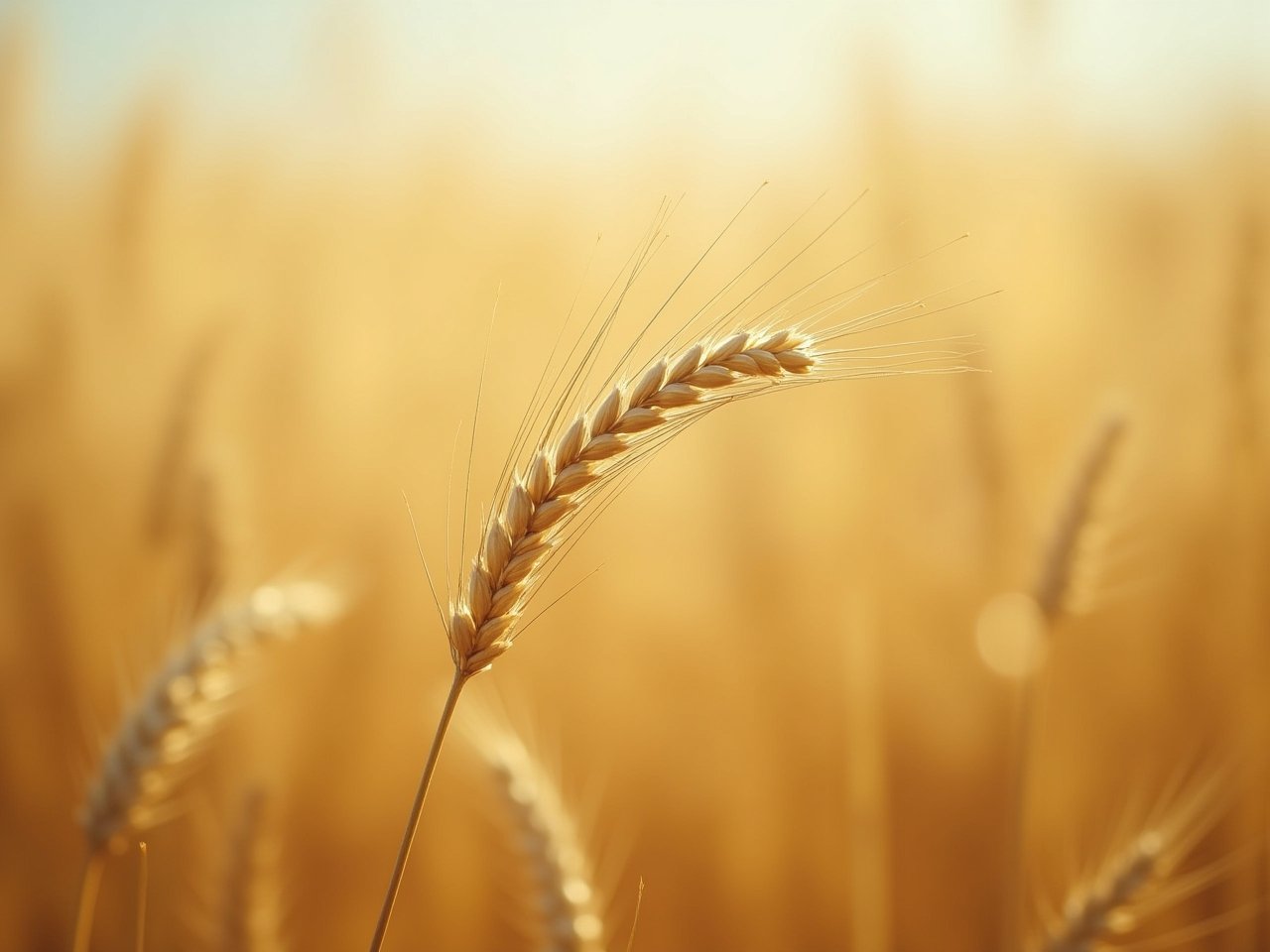Introduction: Farming Smarter for a Hungry World
Picture yourself standing in a wide-open field looking up at a drone flying over your head while sensors in the field are reporting moisture levels in real time. This is not the fictional world of tomorrow, but rather, the world of modern farming.
As the world’s population increases, the pressure on farmers yields increase food production. Farmers are challenged to produce more food, not only abundantly but sustainably while protecting the soil and the environment. Enter AI in precision agriculture, which will allow farmers to produce sustainably increased crop yields by making farming more intelligent, not harder. Let’s dig into how and what new ideas and innovations are doing to reshape the agriculture experience and outlook.
Understanding Precision Agriculture
What is Precision Agriculture?
Consider precision agriculture to be the Fitbit for agriculture. Rather than treating every acre the same, it employs technology to provide care tailored to every section of the field. Sensors, drones, GPS, and AI work together to:
- Monitor crop health
- Gauge soil conditions
- Maximize the planting and harvesting schedule
Accurately using big data, farmers can now make better decisions resulting in increased yield using less.
The Importance of Sustainability in Farming
Today, modern agriculture is under pressure to balance between producing enough food for billions of hungry people and resisting the negative consequences of soil erosion, water shortages, and excessive use of fertilizers and pesticides. Sustainable agriculture using AI is not just a nice word to use; it is a necessary part of:
- Protecting biodiversity
- Water conservation
- Reducing greenhouse gas emissions
Precision agriculture is important to achieve this objective. It depicts farms as sustainable systems that can maximize profits while minimizing waste and working with nature rather than against it.
The Role of AI in Precision Agriculture
Data Collection and Analysis
Picture a farm that never stops communicating, which is a reality today. Farm data is collected, and analyzed, through AI-powered systems from:
- Soil sensors that measure pH and moisture
- Drones that capture images in real-time
- Satellites that observe patterns of crop growth
AI can help a farmer interpret all of this data and have access to information in every inch of their fields, frequently before we (as humans) can diagnose what is occurring.
Predictive Analytics for Crop Management
One of AI’s superpowers is pattern recognition and prediction. Using past and real-time data, AI models can:
- Predict yields
- Identify when pests will arrive
- Alert growers to nutrient deficiencies earlier
For example, a grower in Iowa could use a predictive model to know exactly when to time irrigation and fertilization so that he saves on both water and money.
AI Technologies Transforming Agriculture
Machine Learning and Image Recognition
Ever wished crops could just tell you what’s wrong? Well, with machine learning, they are close. AI algorithms can analyze drone or satellite imagery to identify:
- Disease epidemics
- Pest infestations
- Nutrient deficiencies
By observation of tiny differences in color or texture, alerts are communicated before the problem can grow. This allows for prompt interventions that are more effective.
Autonomous Farming Equipment
Imagine a tractor that drives itself – no grower. Autonomous machines driven by AI can plant seeds, apply fertilizers and harvest crops with:
- Greater precision
- Lower labor costs
- Improved efficiency
These smart machines can work when you cannot. They can do the right thing at the right time. AI has the potential to transform agriculture, including in a precision agriculture context.
Benefits of AI in Precision Agriculture
Higher Crop Yields
Data doesn’t just stay in a spreadsheet – data is transformed into real-world realities. Various case studies have illustrated that AI harnessed for precision agriculture increased crop yields by 10–30% depending on the crop and the location.
- Less fertilizer applied ultimately improves plant growth.
- Also, getting the pest management timing correct will save growers from major crop losses, because they act when the timing is right.
It is basically allowing plants to receive exactly what they need at the correct point in time.
Reduced Environmental Impact
AI and precision agriculture are not strictly profit driven – there are positive impacts on the planet:
- Less fertilizer runoff means cleaner rivers and lakes.
- Using only what’s necessary to water crops conserves resources in times of drought.
- All of the above means fewer chemicals, and as a result, benefits the environment, like, pollinators and soil health.
Farmers can produce food for and with sustainability, rather than depleting all resources.
Challenges and Considerations
Implementation Barriers
Of course, not everything is rainbows and unicorns when it comes to the implementation of AI on farms. Some common challenges include:
- High upfront costs for equipment and software.
- Training requirements to understand and use new technologies.
- Internet connectivity issues in rural areas.
Solutions? Governments and NGOs are stepping in with grants and training programs to help farmers bridge these gaps.
Data Privacy and Security
With all this data flying around, who owns it? Farmers need to think carefully about:
- Data ownership agreements with tech providers
- Protecting sensitive information from cyber threats
- Establishing clear privacy policies
Best practice? Choose reputable vendors who prioritize security and transparency.
Overview
AI in precision agriculture: increasing crop yields sustainably isn’t just a lofty goal—it’s the path forward for feeding a growing world without destroying it in the process. By embracing AI, farmers can make smarter decisions, boost yields, and reduce their environmental impact.
But this isn’t a journey they can—or should—take alone. Researchers, policymakers, and businesses must work together to ensure these tools are accessible, ethical, and effective.
If you’re a farmer, consider exploring how precision agriculture tools could transform your fields. If you’re a consumer, support brands committed to sustainable farming. Together, we can cultivate a future where technology and nature grow side by side.







